It is memory and instinct from which Hirve’s series ‘both your memories are birds’ derives — delicate photographs created in lockdown at her grandparent’s home in Pune, India
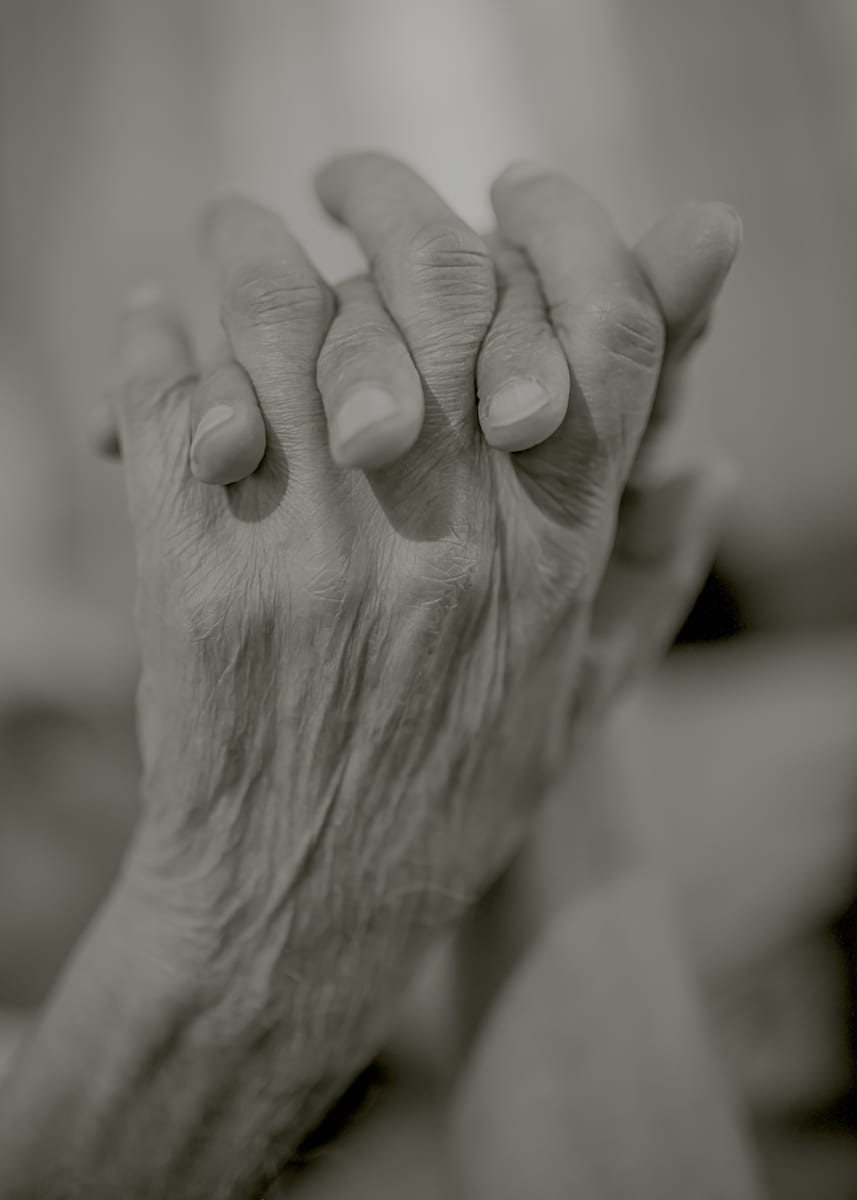

It is memory and instinct from which Hirve’s series ‘both your memories are birds’ derives — delicate photographs created in lockdown at her grandparent’s home in Pune, India
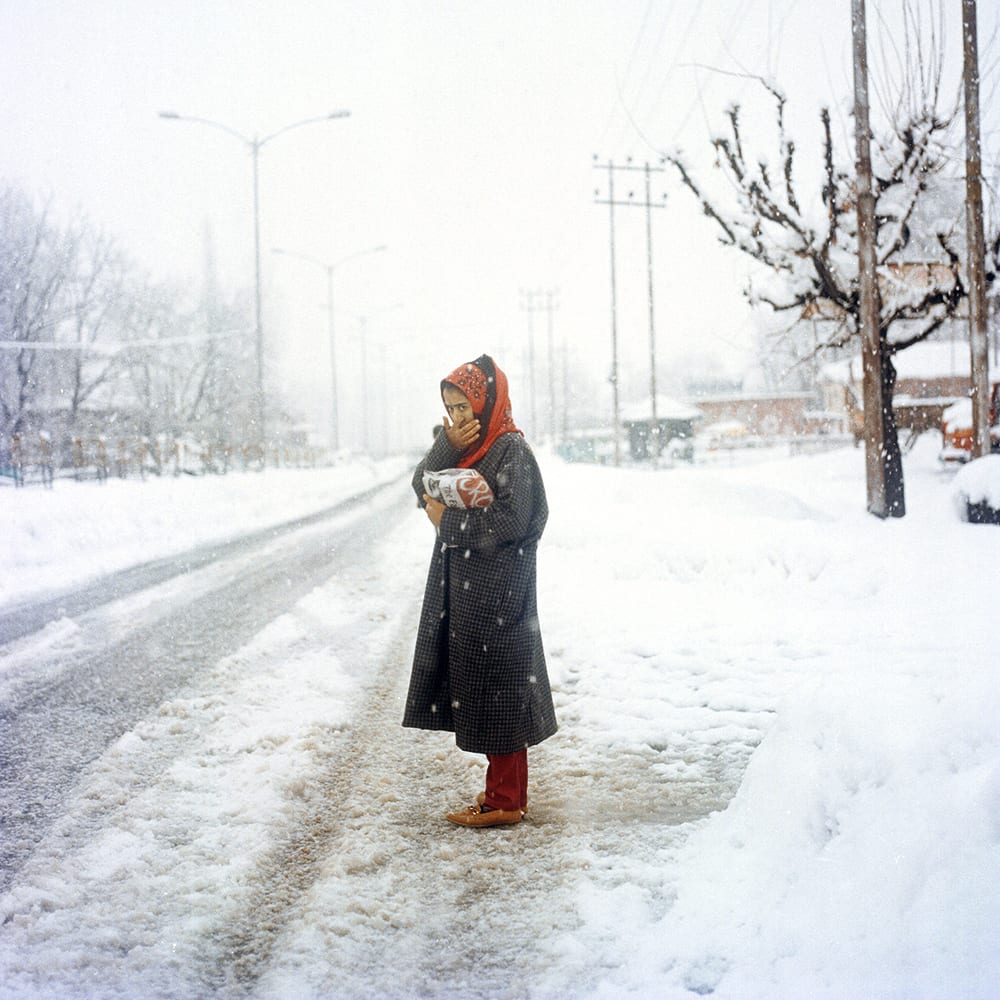
On his first visit to Kashmir, its beauty blinded Hura. The experience sparked an ongoing project on the region shaped by the snow that engulfs it
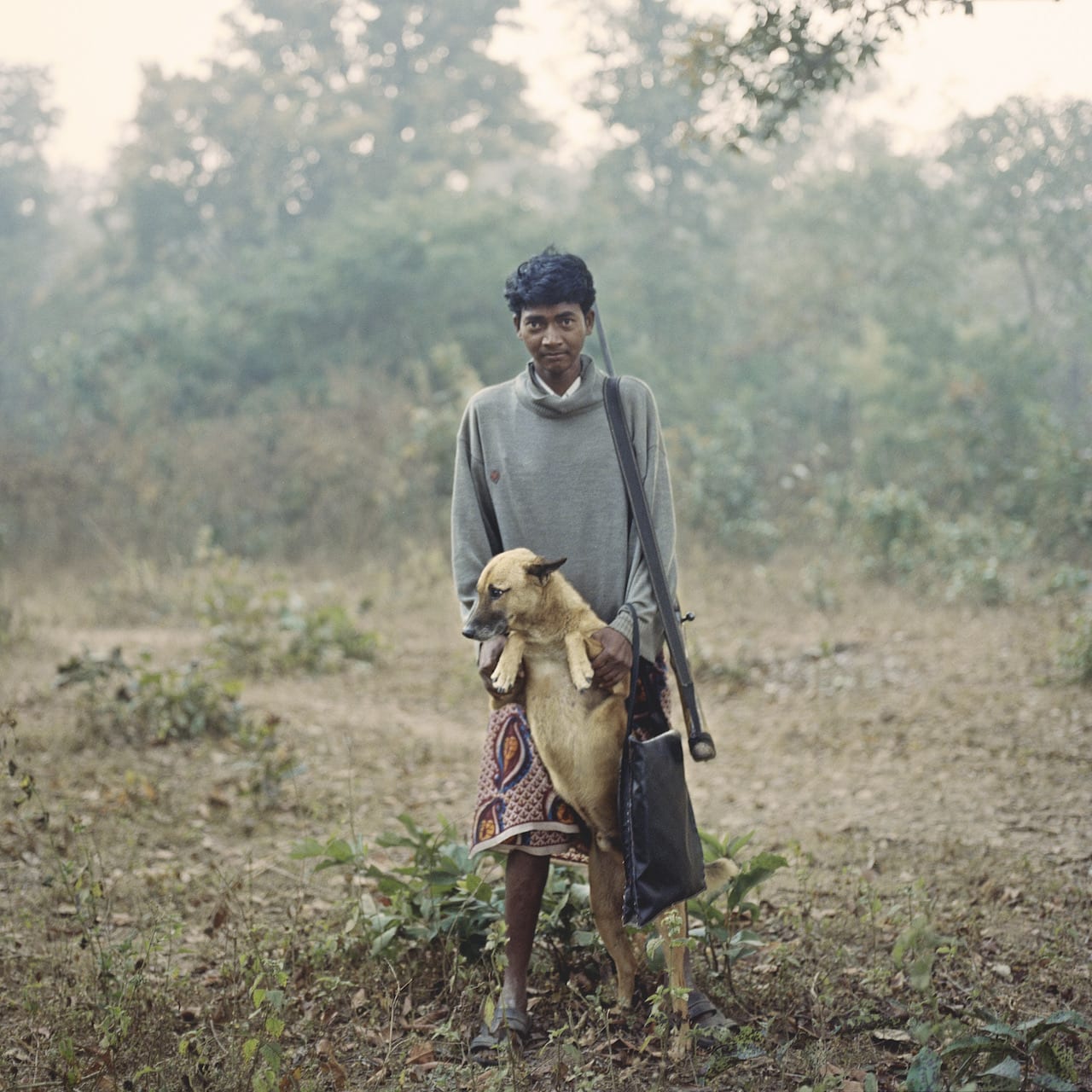
Land grabs, forced displacement, Maoist rebels, state executions… Central India’s 50-year conflict is virtually unknown outside the Subcontinent, and Poulomi Basu’s investigation of this hidden war defies an easy reading
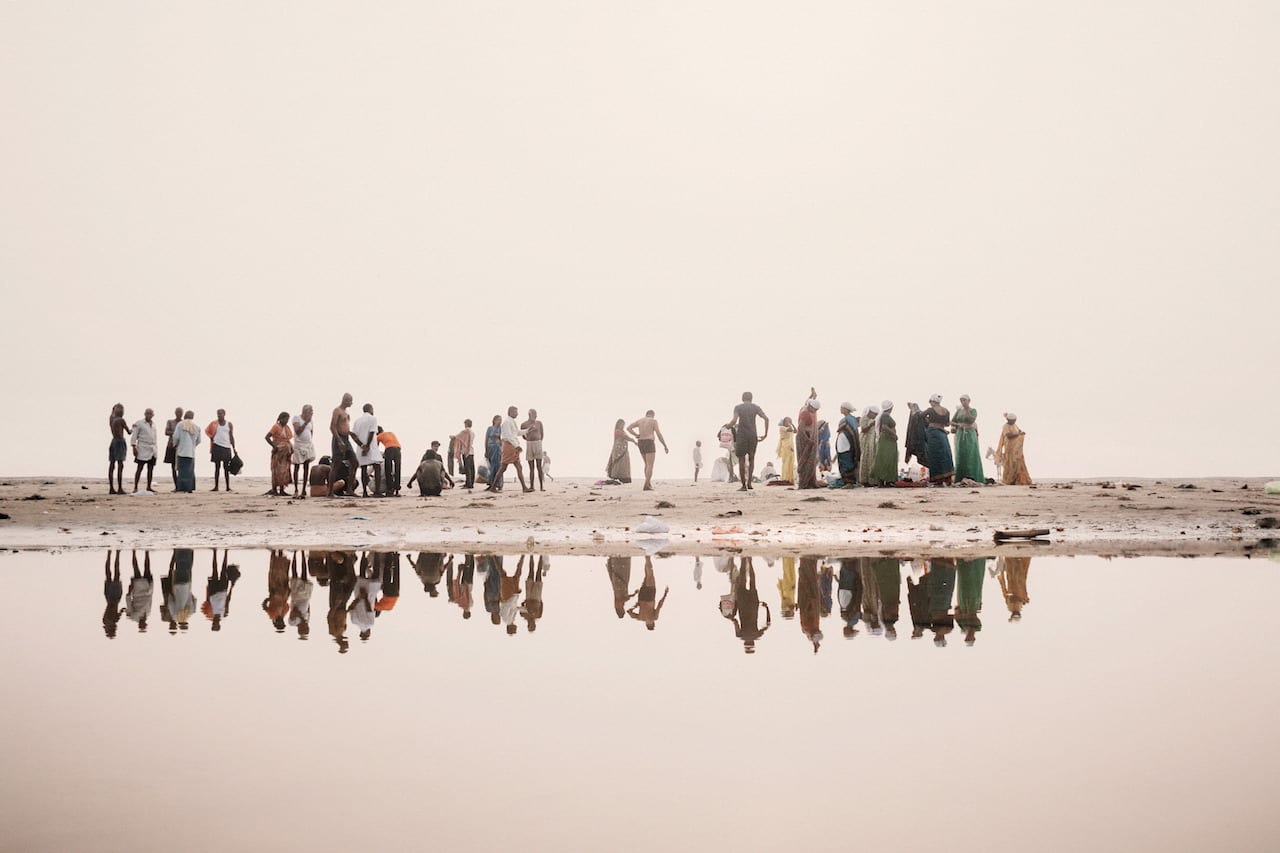
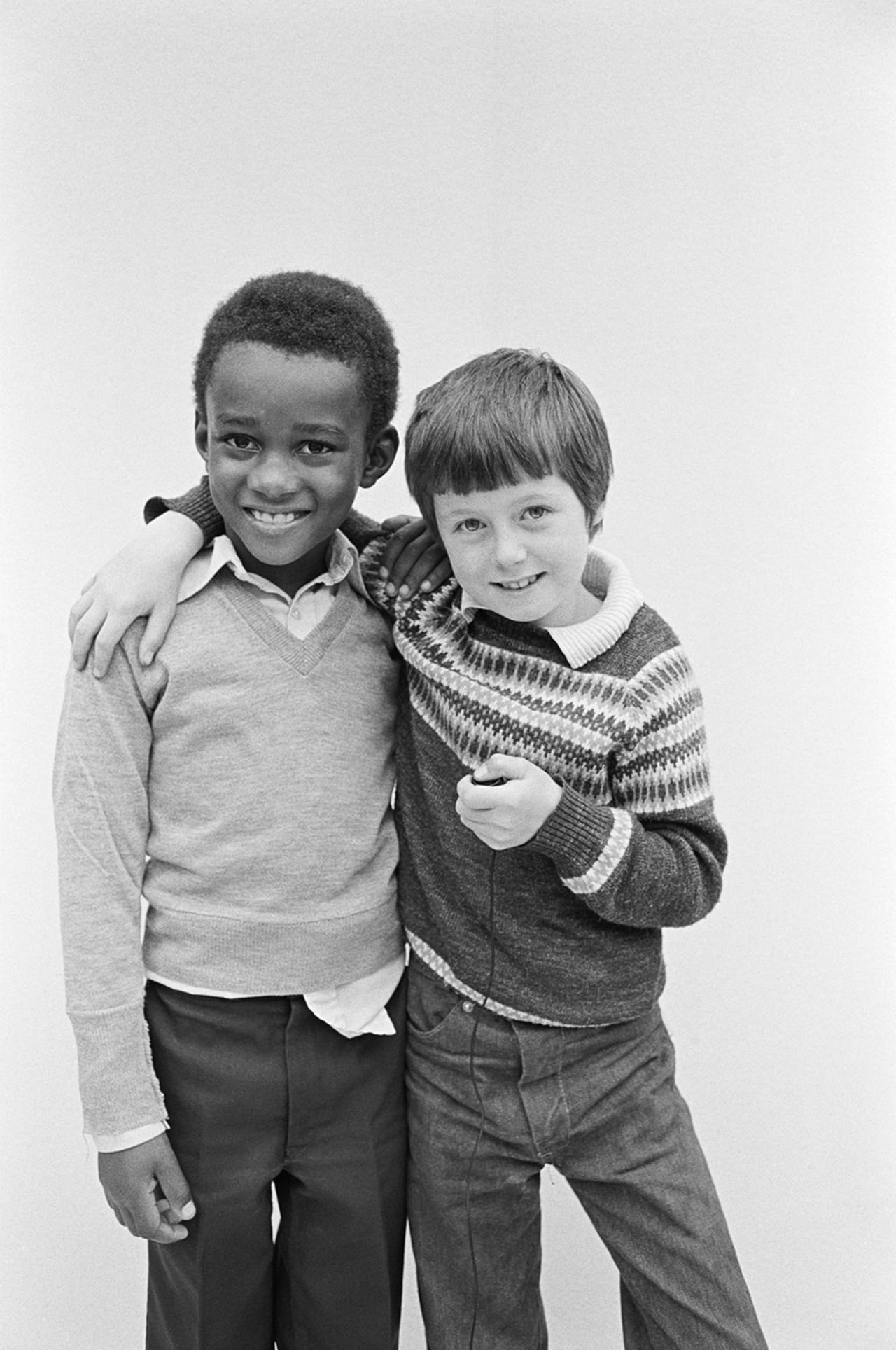
When Derek Bishton, John Reardon, and Brian Homer set up a photography and design agency in the late 1970s in Handsworth, a multicultural, inner-city district of Birmingham, they were viewed with suspicion. “I lived in Handsworth and walked to work with my camera, and I felt people were looking at me as if to say ’Who is this white guy, is he working for the police?’” says Bishton. “As I started to take photographs I was aware of this problem.”
Their agency, Sidelines, had been set up to work with community groups on issues such as social justice housing, unemployment and immigration though, so the photographers were keen to win the locals’ trust. Discussing it in their office, a converted terraced house on a busy shopping street in Handsworth, Bishton happened to find a photograph in Camerawork Magazine, showing a Ukranian woman who had photographed herself in a portrait studio set up by American photographer David Attie. It was, he realised, the perfect solution – and one which their office was seemingly built for.
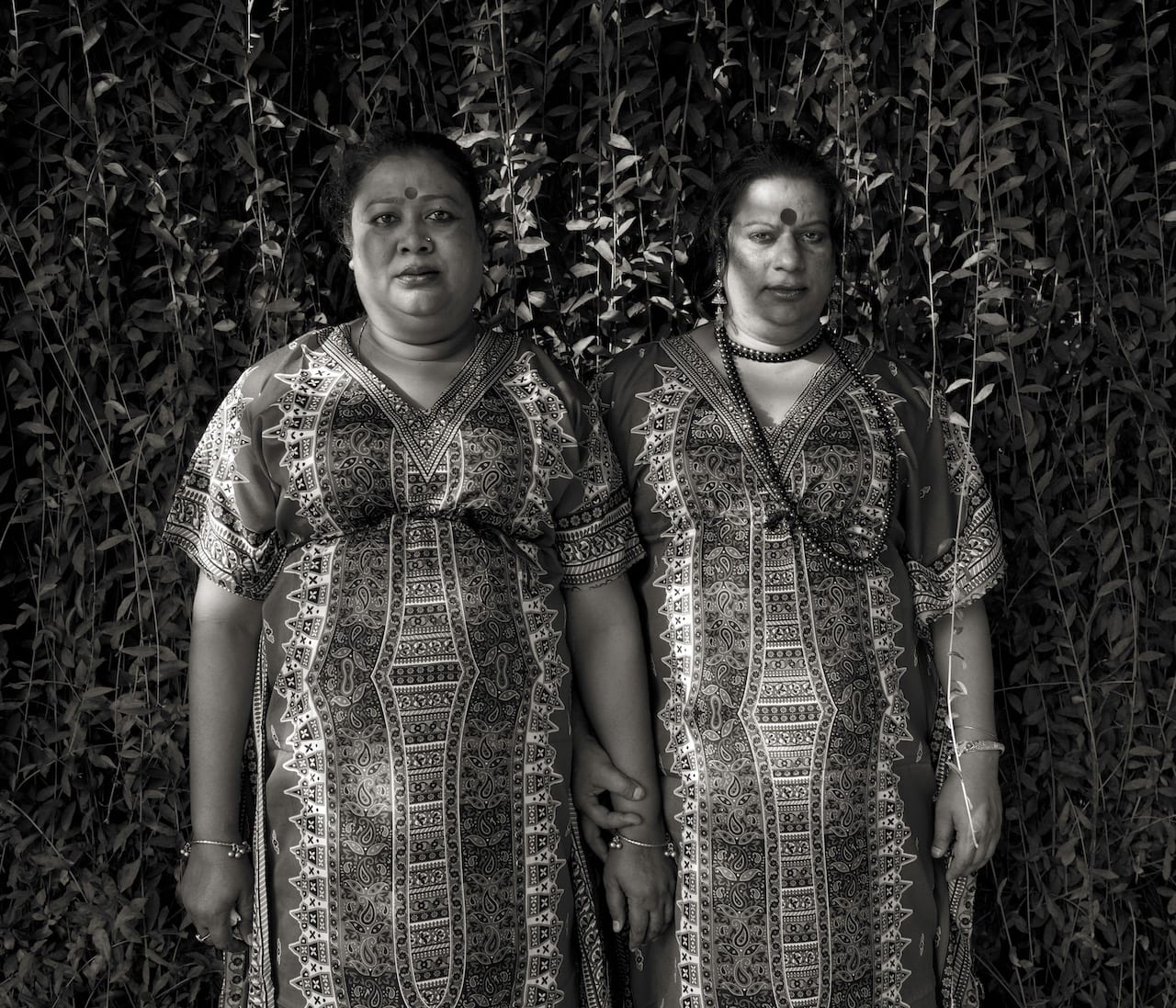
The World Press Photo Foundation has announced the six talents from Asia in its ongoing 6×6 Global Talent Program. Aimed at picking out under-recognised visual story-tellers from around the world, the 6×6 programme is now on its sixth and final region in its first cycle. The photographers picked out this time are: Amira Al-Sharif, Yemen; Azin Anvar Haghighi, Iran; Saumya Khandelwal, India; Senthil Kumaran Rajendran, India; Shahria Sharmin, Bangladesh; and Yan Cong, China.
The image-makers were recommended by an international group of over 100 nominators, and selected by a jury comprised of: Ammar Abd Rabbo (Syria), photographer and journalist; NayanTara Gurung Kakshapati (Nepal), photographer and curator; Claudia Hinterseer (Netherlands), senior video producer South China Morning Post; and Kazuma Obara (Japan), photographer.

“For me, photography was more of a need, because I was going through a personal crisis. I had lost a friend, and I had to find a way of living again.” At the beginning of last year Debmalya Roy Choudhuri travelled to Rishikesh, a city in northern India, at the foot of the Himalayas, known as the “yoga capital of the world”.
He wanted to remove himself from the urban chaos and violence in his hometown, Kolkata, and challenge the idea of home as defined by four walls. “I had a very difficult childhood where I had to confront a lot of darkness,” says Choudhuri, who was sick for a long time. “I grew up in a very confined space. My parents went through a lot of problems and my family fell apart.”
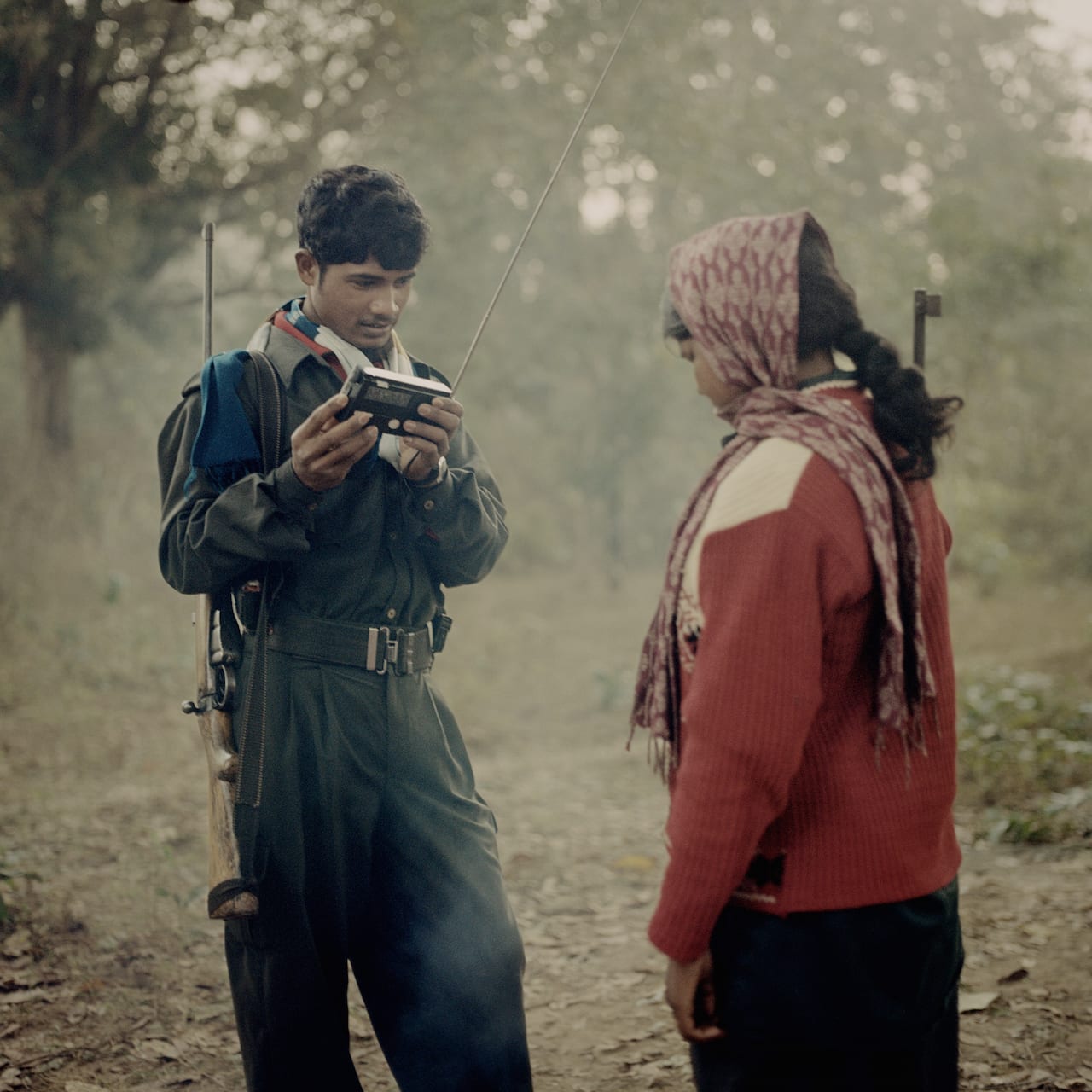
Poulomi Basu’s Centralia is no easy read. The situation it unravels − a protracted fight for land and resources in central India − is not only complex, but also largely unheard of, especially in mainstream Western media. And Basu, reflecting on contemporary documentary practices, refuses to simplify it into a readily digestible format. Instead, she wishes to reflect the bewildering atmosphere that reigns in the region. “The adage ‘The first victim of any conflict is the truth’, is particularly apt here,” she says. “The conflict, with its many actors all occupying opaque roles, has created a space with its own internal logic and landscape.” Thus, she hopes to take the audience “on a journey to a place where truth and lies, reality and fiction have become blurred”.
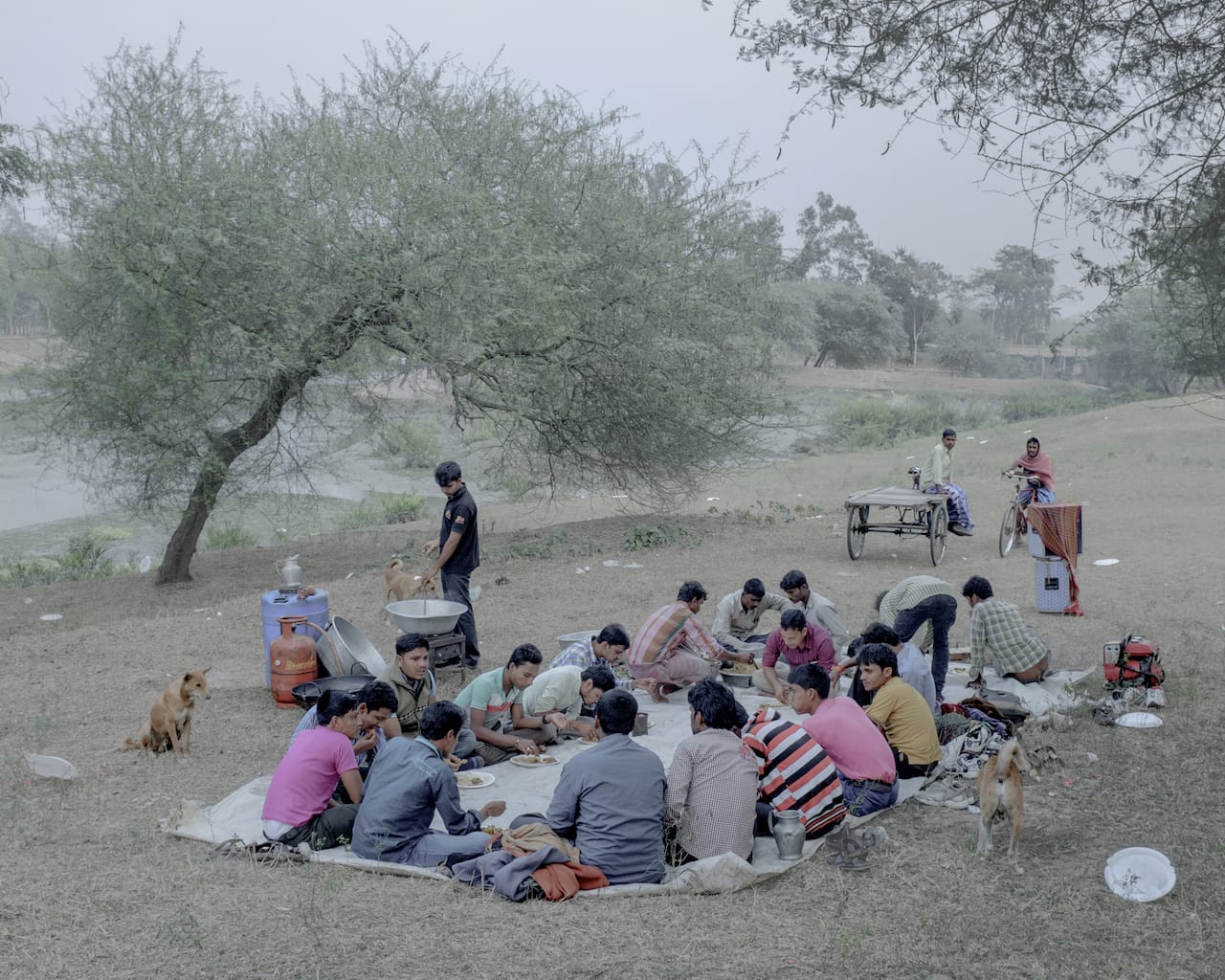
Indian photographer Arko Datto (b.1986) completed two masters degrees in theoretical physics and mathematics before deciding to take a “leap of faith into photography”. After studying photography at the Danish School of Journalism in Aarhus, his long-term projects have since been published in leading international publications, such as TIME and National Geographic. For PIK-NIK, Datto spent the last five winter seasons photographing picnic spots across eastern India, primarily in West Bengal but also in Jharkhand and Orissa. Here, families and colleagues converge for a day of food, drink and revelry before departing at sunset, leaving piles of rubbish in their wake. “Vats of freshly slaughtered chicken, sacks of vegetables and an arsenal of pots, pans and gas cylinders are lugged along, taking cooking en plein air to a whole new level,” says Datto.